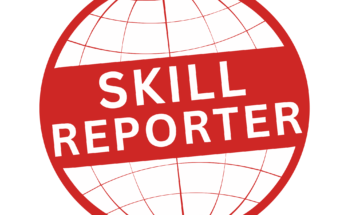Hopes of a rescue fund for the ailing vocational education and training sector have taken a dive, with new doubts over the main funding mechanism for the $1.5 billion Skilling Australians Fund.
The SAF, announced in last year’s federal budget, would primarily be financed through a levy on visas for skilled migrants. Now, government figures show that the number of primary skilled visas being issued fell by more than one-third in the first quarter of this financial year.
An analysis by the Parliamentary Library suggests this was because of policy changes announced last April and says the decrease is likely to be ongoing. “As economic conditions did not deteriorate sharply, it seems unlikely employers stopped using the visa program due to a big reduction in demand for workers,” the paper says.
“This suggests the change in government policy was an important factor.”
Modelling by The Australian last May concluded that money raised by the levy would fall at least $120 million a year short of what was required to finance the SAF, even if skilled visa numbers remained at last year’s levels. The government disputes this, but has failed to produce its own modelling.
A spokeswoman for Treasurer Scott Morrison said last year’s budget modelling had taken account of a fall in visa grants.
She did not say whether the government would reconsider earnings projections from the levy, but said further changes to anticipated visa grants would be “accounted for in estimates variations in the budget”.
The Department of Home Affairs said it was “too early to draw conclusions on longer-term trends” in visa grants, but did not say whether predicted earnings from the levy would be adjusted.
Plunging VET funding is widely regarded as the biggest crisis facing tertiary education. A recent analysis by the Mitchell Institute found VET’s share of education spending had fallen 30 per cent in a decade.
The sector had high hopes that the SAF could fill a gap left by last year’s expiry of a $1.75bn commonwealth-state funding agreement for skills reform.
Opposition training spokesman Doug Cameron said the new visa figures confirmed Labor’s concerns over the SAF’s financing mechanism. “We always thought the concept of funding your skill base by bringing overseas skills in was bizarre.”
Higher education finance figures released today show that of four institutions that recorded negative operating results in 2016, three did so because of losses from their TAFE divisions.
Last October the Business Council of Australia proposed that higher and vocational education be brought together in a single tertiary funding system. “The VET sector has been neglected, on both a funding and policy front, by all levels of government,” the BCA said.
Universities Australia yesterday rejected the idea, warning of unintended consequences. “The solution to inadequate VET funding is better VET funding,” its submission says.
UA said higher education did not need the “poorly considered policy and funding interventions that have damaged VET in the past decade”.
Note: News shared for public awareness with reference from the information provided at online news portals.


